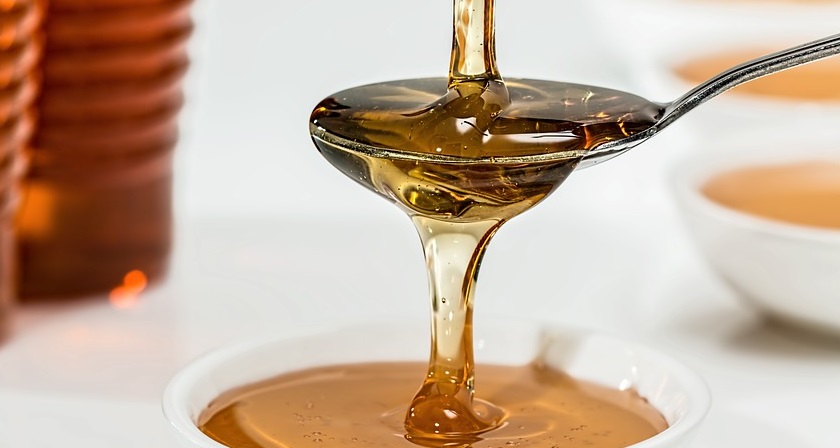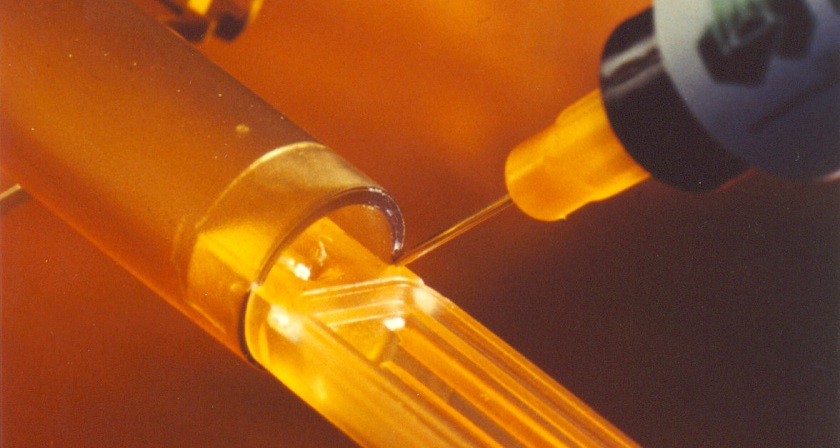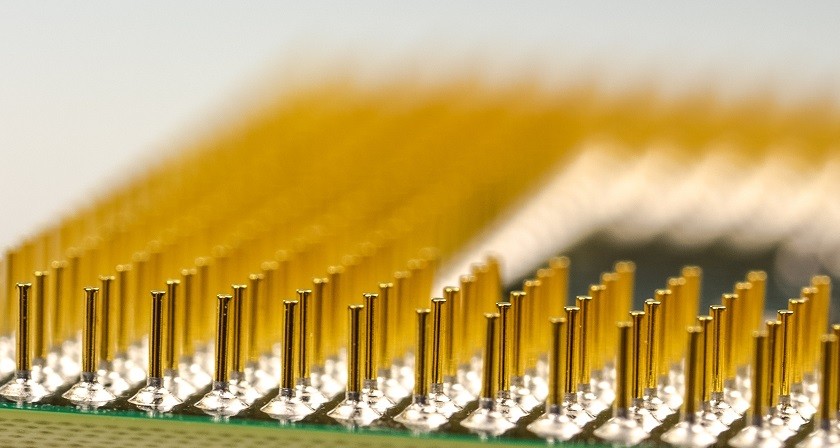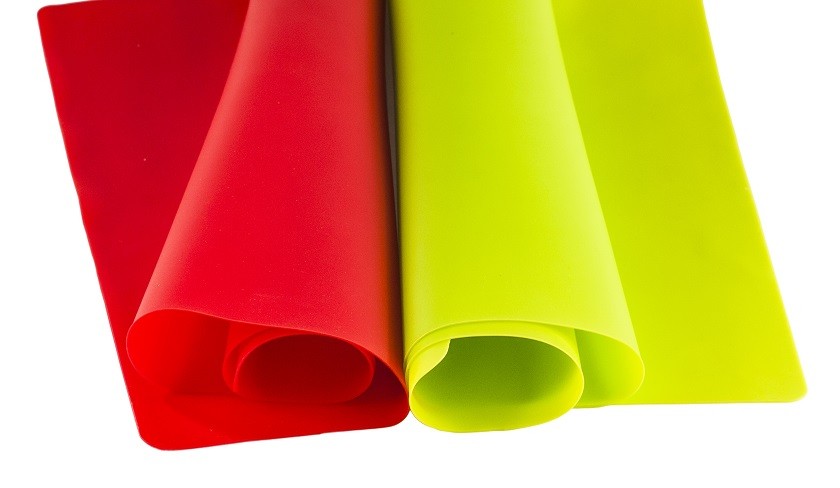5 types of medical grade adhesives for fast production speed
Medical grade adhesives are commonly biocompatibility tested according to ISO 10993 standard. Choose Epoxy, UV-curing adhesive or silicone.
Medical grade adhesives are commonly biocompatibility tested according to ISO 10993 standard. Choose Epoxy, UV-curing adhesive or silicone.
Medical grade adhesives (biocompatible adhesives) are commonly used in construction and production within medical device industries. Adhesives enable the combination of different types of materials in an efficient and economical way by bonding them together, something that other joining methods have difficulties with.
Solvent-based medical grade adhesives are still common in many parts of the world, but more and more countries and companies working with medical technology are starting to take responsibility for our environment as well as work and safety by abandoning these types of bonding options.
Adhesives used for medical device applications are biocompatibility tested according to the older standard USP Class VI or the newer ISO 10993.
Within production of volume products in the medical industry, production speed is of immense importance. Therefore, medical grade adhesives with a short cure time are necessary.
Below, we list the most common types of fast-curing adhesives that are available with medical approval to some extent.
Light curing acrylic adhesives is the fastest curing type of adhesive. It can be cured in less than a second in favorable cases and cures “on demand”, i.e. it does not start to cure until you choose to illuminate the material with the correct type of light waves (a UV lamp). This is a big advantage.
UV acrylics can bond and combine different substrates (materials) such as plastic, metal and glass.
Within this group of adhesives, you can find anything from low viscosity fluids to gels as well as soft and flexible to hard and stiff.
Light curing adhesives require a special UV lamp to be able to cure them.
Heat curing epoxies can sometimes be cured in a few seconds at elevated temperatures (for example 150 C). This type of adhesive is most suitable when bonding metals and thermoset plastics but can under the right ciscumstances be used to bond glass and other types of plastics as well.
Epoxy adhesives can withstand high temperatures and are in addition very chemically resistant.
Within the medical industry, epoxy adhesives have the advantage that they can withstand most sterilization techniques. They are also able to withstand the most sterilization cycles compared to other types of adhesives and can be approved for long-term implantation.
Product example: Epo-Tek MED-353ND
UV-curing epoxy adhesives are generally slower than their acrylic based equivalents. Often, the curing time is a couple of minutes under UV light but faster alternatives exist as well.
UV-curing epoxy adhesives commonly need to post-cure for approximately 24 hours at room temperature before obtaining their final mechanical properties. This process can be hurried using heat.
This adhesive type demands a special type of UV lamp and is more chemically resistant and thermally resistant than acrylic based UV-curing adhesives.
Product example: Epo-Tek MED-OG198-54
Cyanoacrylates fixate within a few seconds. This type of adhesive is commonly used for small plastic or rubber details and can also give good results on metal. However, bonding glass should be avoided.
Usually, cyanoacrylates cure in room temperature but there are also products that cure using light or heat.
The cure speed of a cyanoacrylate is dependent on the relative humidity of the surrounding air and/or the humidity on the surface of the detail that is to be bonded.
Cyanoacrylates works best in thin bond lines. Most have a very low viscosity but there are also select grades with more viscous properties that will not flow. Cyanoacrylates are usually only tested for ISO 10993-5 (Cytotoxicity) and should not be considered for implantation.
Product example: Permabond 4C10, Born2Bond Light Lock
Silicone adhesives are not the most fast curing adhesives out there but can still have a cure time around 15 minutes, which can be good enough.
Silicones are very flexible and are common to use to bond silicone details and other materials commonly used in implants.
Silicone adhesives have superior temperatur resistance (both cold and warm) and have an operating temperatur interval of around -50 up to over 200°C. They also maintain their elasticity in these extreme temperatures.
Silicones are not covered by the rules regarding thermoset plastics (Sweden) and are considered much more worker friendly. Silicones are by nature biocompatible (make sure to choose one that is ISO 10993 tested though) and are implantable for extended periods of time.
Example of product: Nusil MED2-4213
All adhesives within the types mentioned are not biocompatible. Only small selection of products from each category have some sort of medical certificate or documentation for biocompatibility.
Make sure to have updated and correct information (including medical testing) on the medical grade adhesives that you choose.
Which adhesive type that is best suited for a medical device bonding application is dependent on a number of functional and technical demands.
Contact one of our adhesive specialists and we will halp you find a solution that suits your needs. We will take several aspects into consideration:
– How will the end product be used?
– What should it withstand in terms of mechanical loads, chemicals and temperatures.
– Type of medical application such as skin contact, short-term implant or long-term implant?
– How will the detail be produced? Production setups and capabilities dependent upon yearly volumes and complexity.

When choosing an adhesive for your application, it is advantageous if you consider the adhesive viscosity to best suit your application and process.
Read more
Medical grade adhesives are commonly biocompatibility tested according to ISO 10993 standard. Choose Epoxy, UV-curing adhesive or silicone.
Read more
Electrically conductive adhesives are used in many different types of industries and applications. Some examples are electronics, solar cell, medical, aerospace, space and automotive applications.
Read more
Silicone rubber is one of the most difficult-to-bond rubbers. We will give you options for adhesives that can help you bond silicone.
Read more
Your silicone is not curing even though you have followed every instruction? Inhibition could be the reason.
Read more